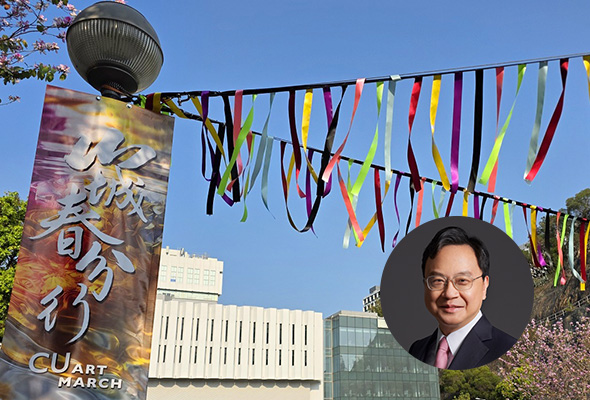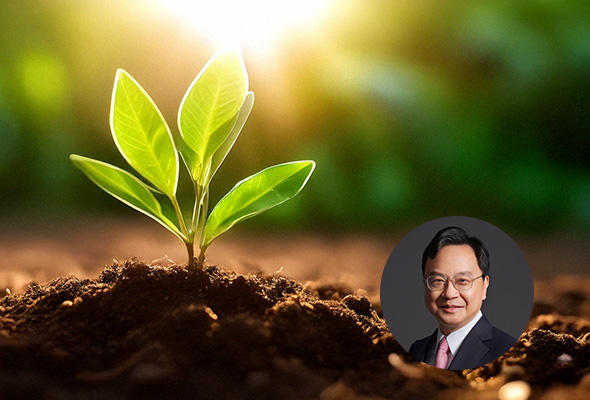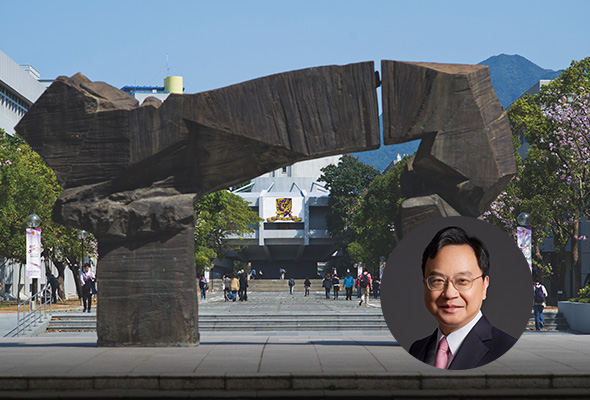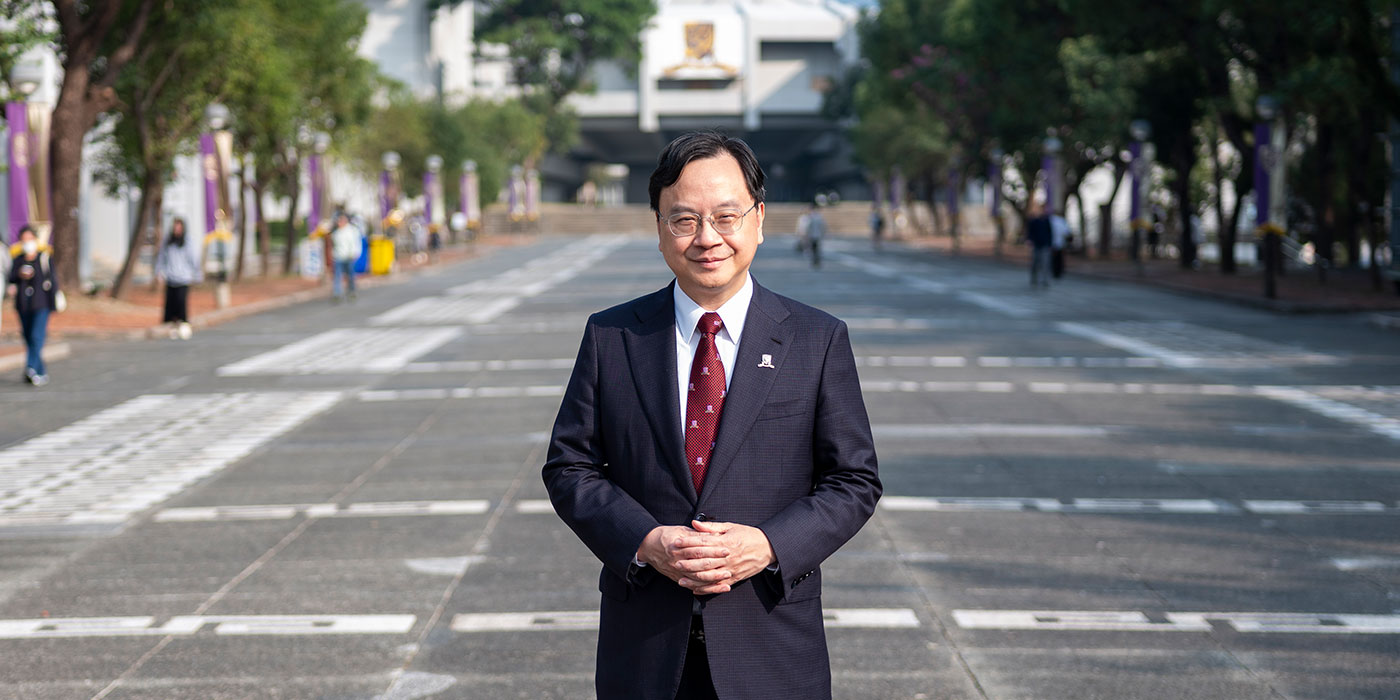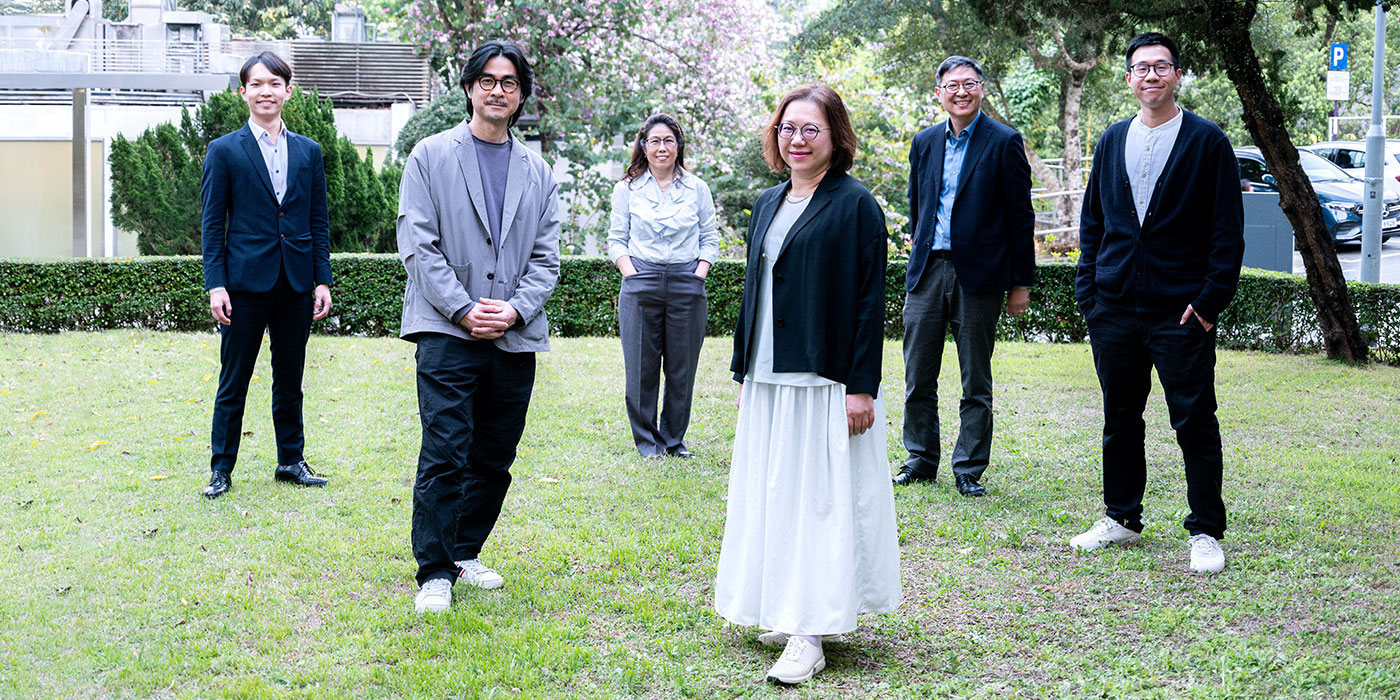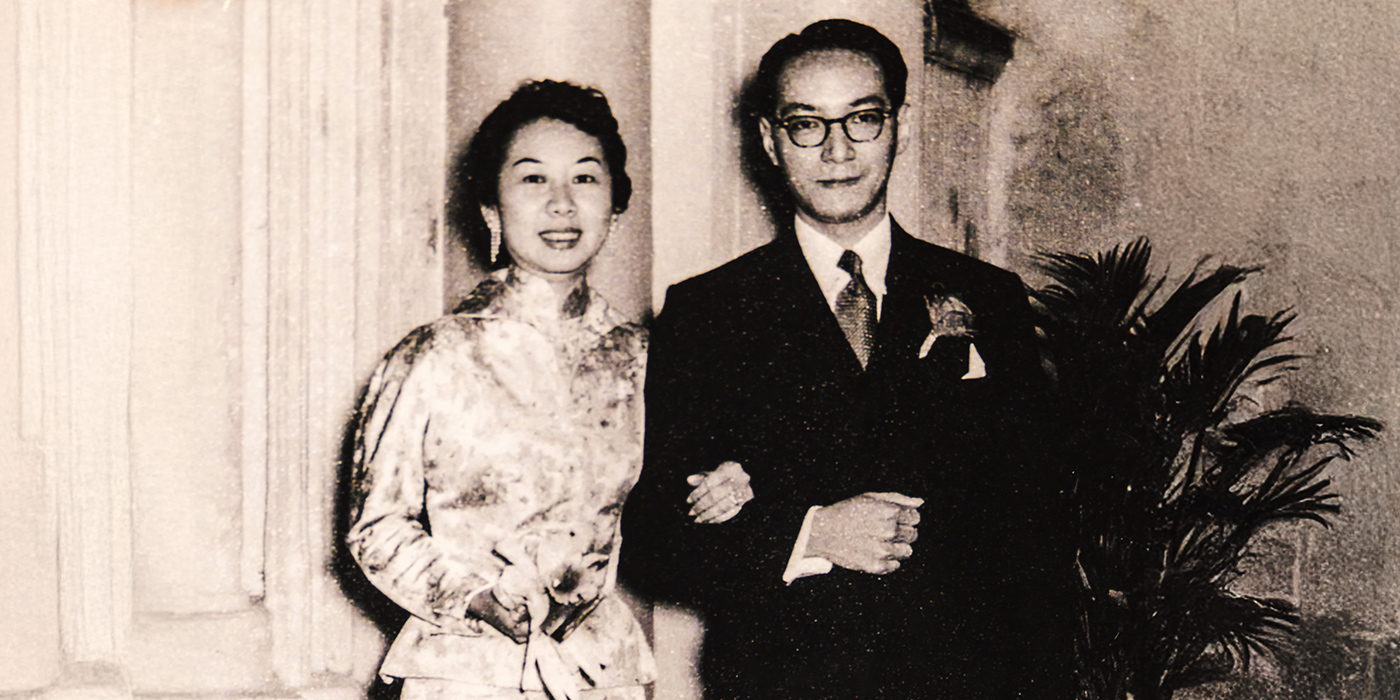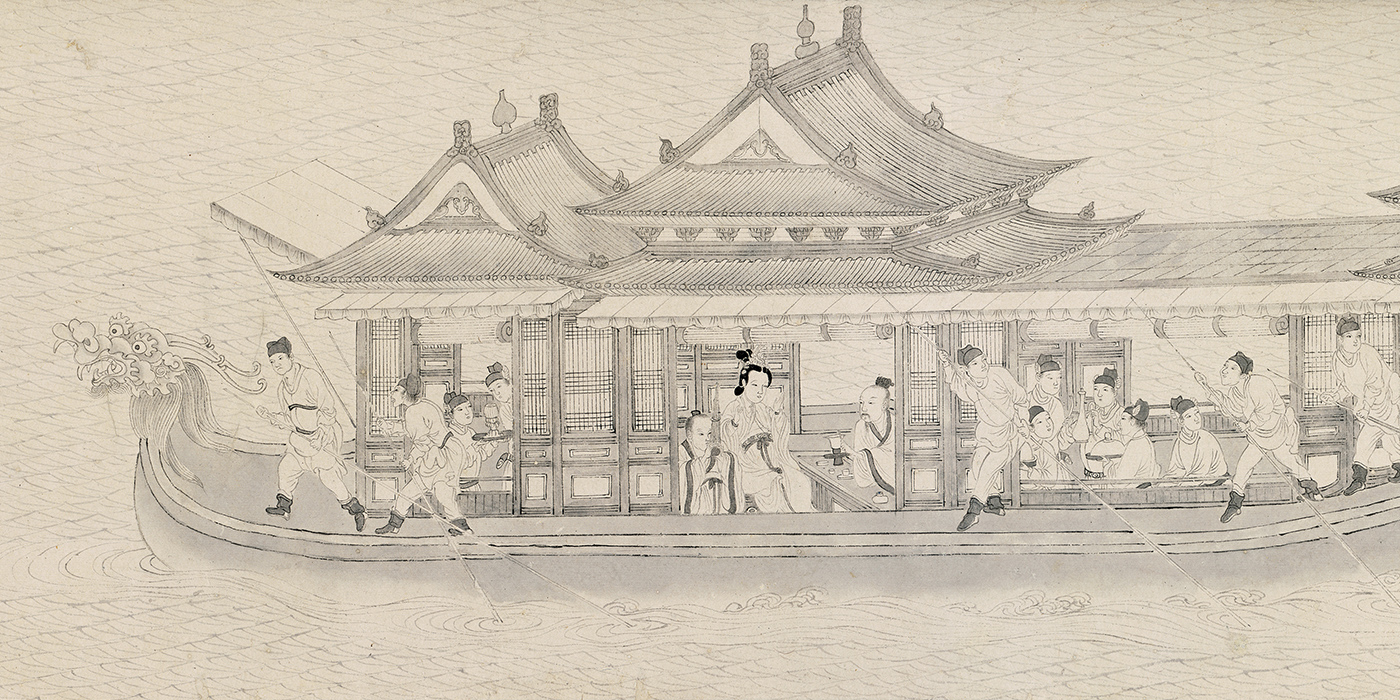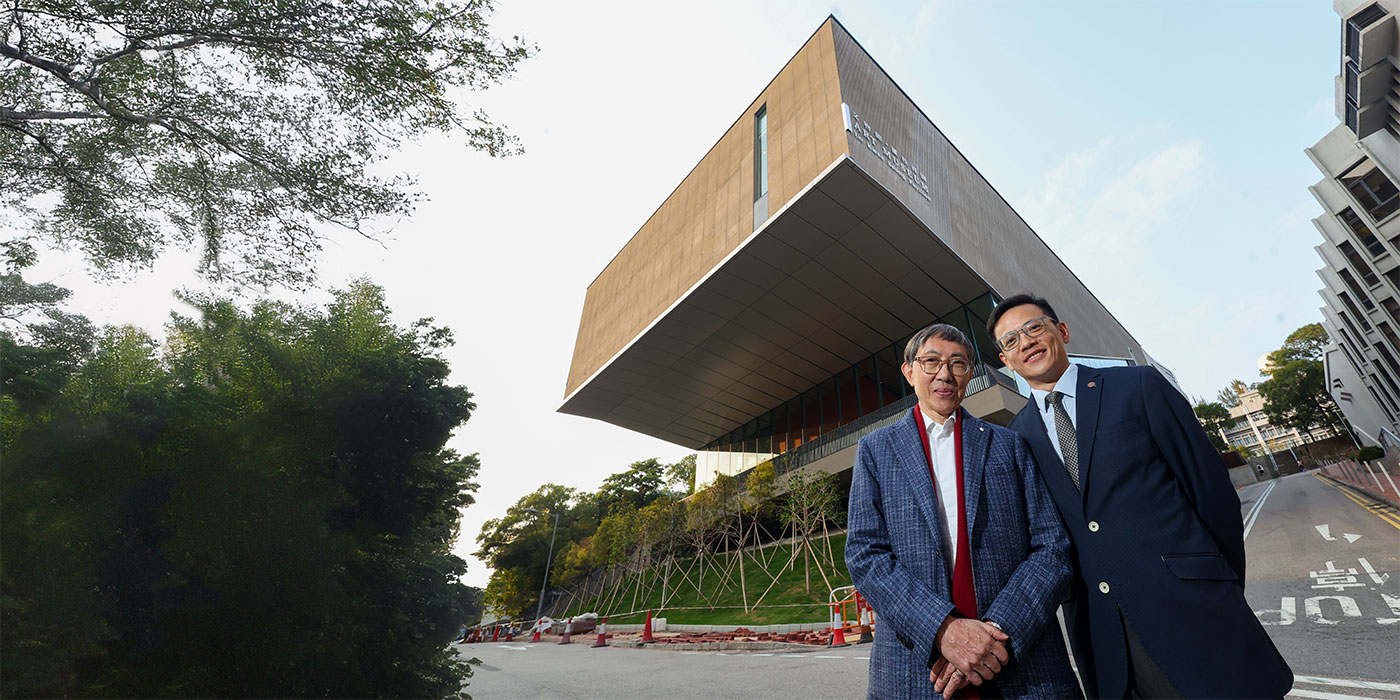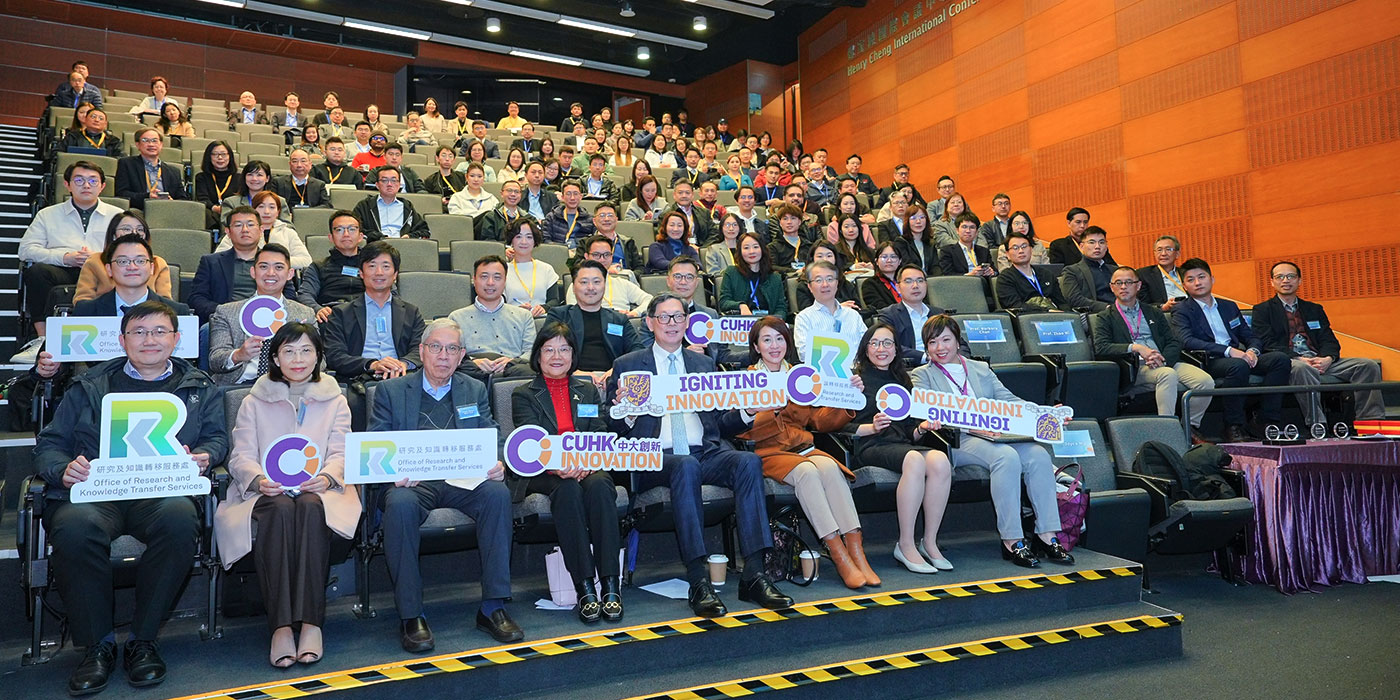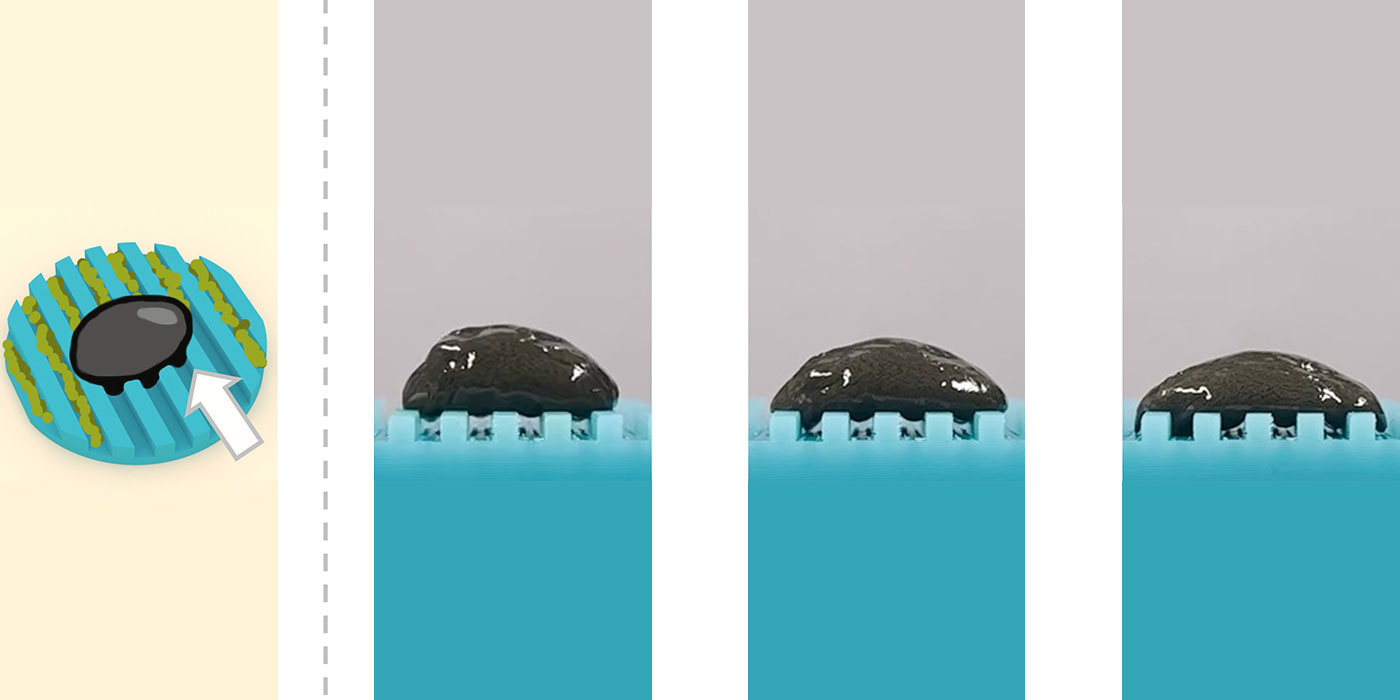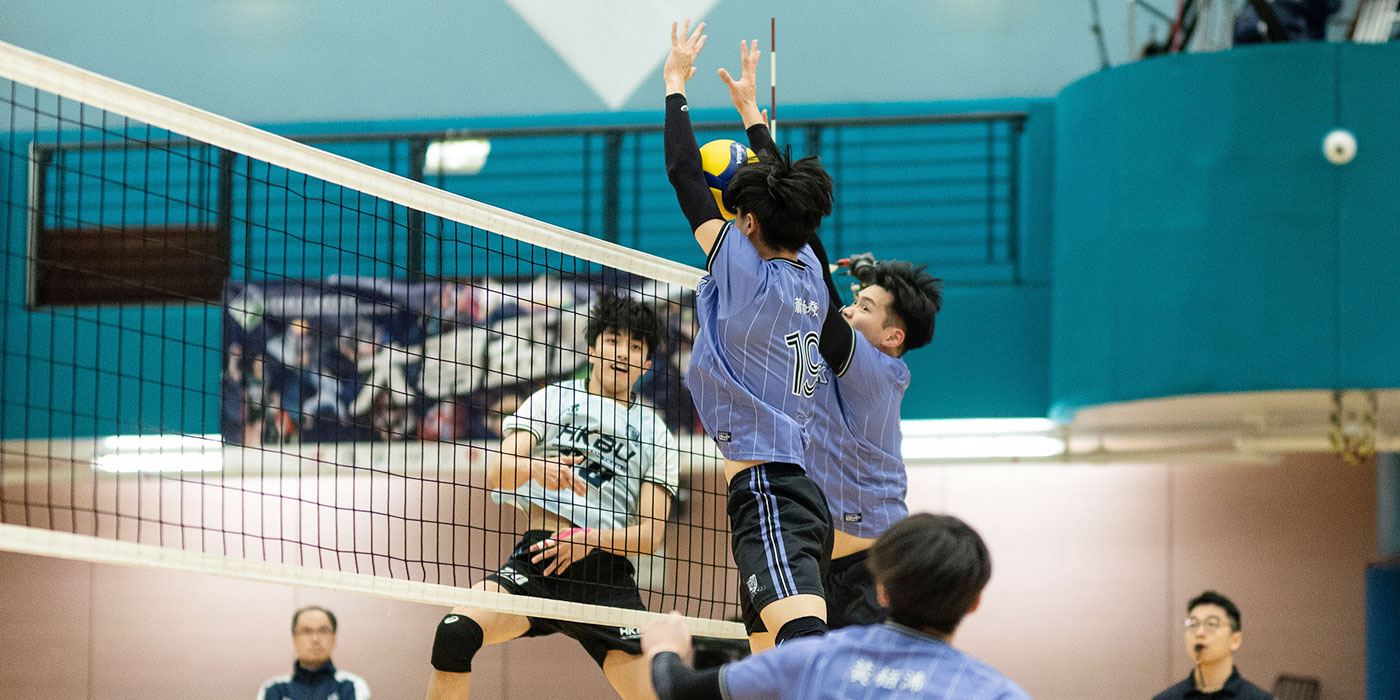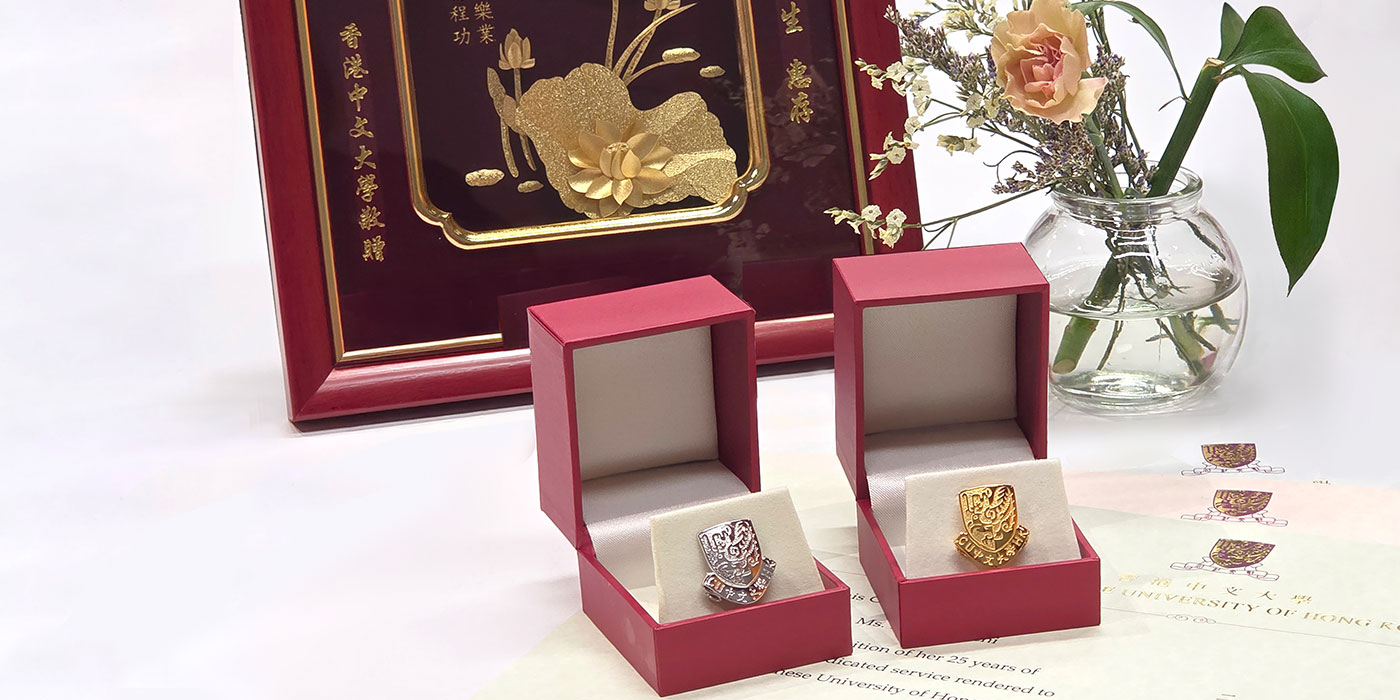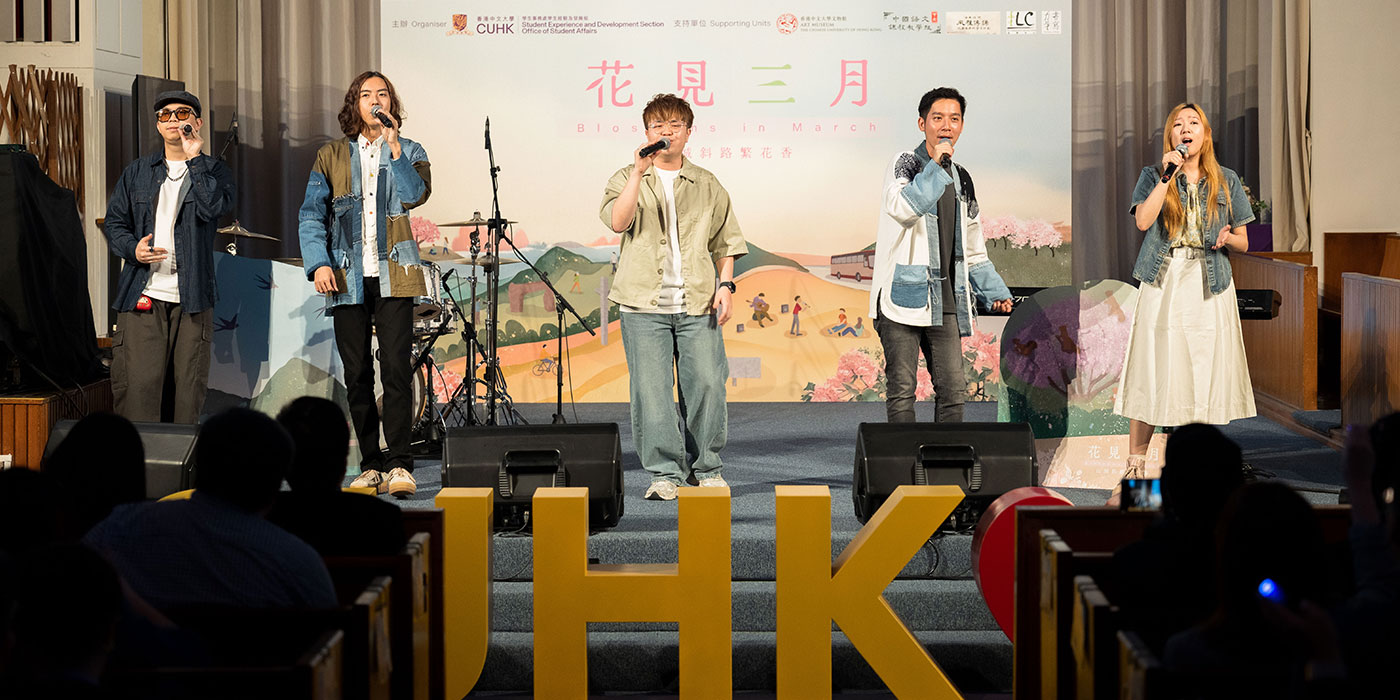Art of documentary photography
Prize-winning photojournalist Liu Heung Shing has a date with CUHK in October
Over the last half a century, Pulitzer Prize-winning photojournalist Liu Heung Shing has been globetrotting with a camera and press pass to chronicle through his lens the first rough drafts of history. Those historical events included the death of Mao Zedong, the Soviet invasion of Afghanistan, pro-democracy protests in South Korea and the collapse of the Soviet Union.
It was his iconic image of Soviet Union president Mikhail Gorbachev closing his speech after announcing the dissolution of the 74-year-old empire in 1991 which won Liu and his colleagues the Pulitzer Prize for Spot News Photography the following year.
In more recent times, Liu has started a project to record life around the Belt and Road Initiative in China and Central Asia. Coming up, the veteran photojournalist will give a public lecture on 9 October at the invitation of the CUHK Faculty of Arts to share highlights of his career and developments in China through the past 40 years.
Ordinary lives in revolutionary times
A native of Hong Kong born in the 1950s, Liu came of age just as China was opening up to the world and he has never strayed far from the subject of China or the region as he carved out a career in documentary photography.
He was one of the first correspondents dispatched by American media to China in the 1970s. Liu’s defining edge over counterparts from the West boils down to one word: sensibility. It is his knack for sussing out the nuances of Chinese society that sets his pictures apart. “I believe few photojournalists possess the sensibility to document China’s reform and opening up,” he says in an interview with CUHK In Focus. “Mainland photographers are not accustomed to read the small details of daily life while their western counterparts are rarely trained in Chinese language and its specific culture.”
His lens was rarely directed at grand architecture or majestic scenery. Liu’s passion lies in narrating stories of China. He always focused on ordinary people who were living and breathing the upheavals of the times.
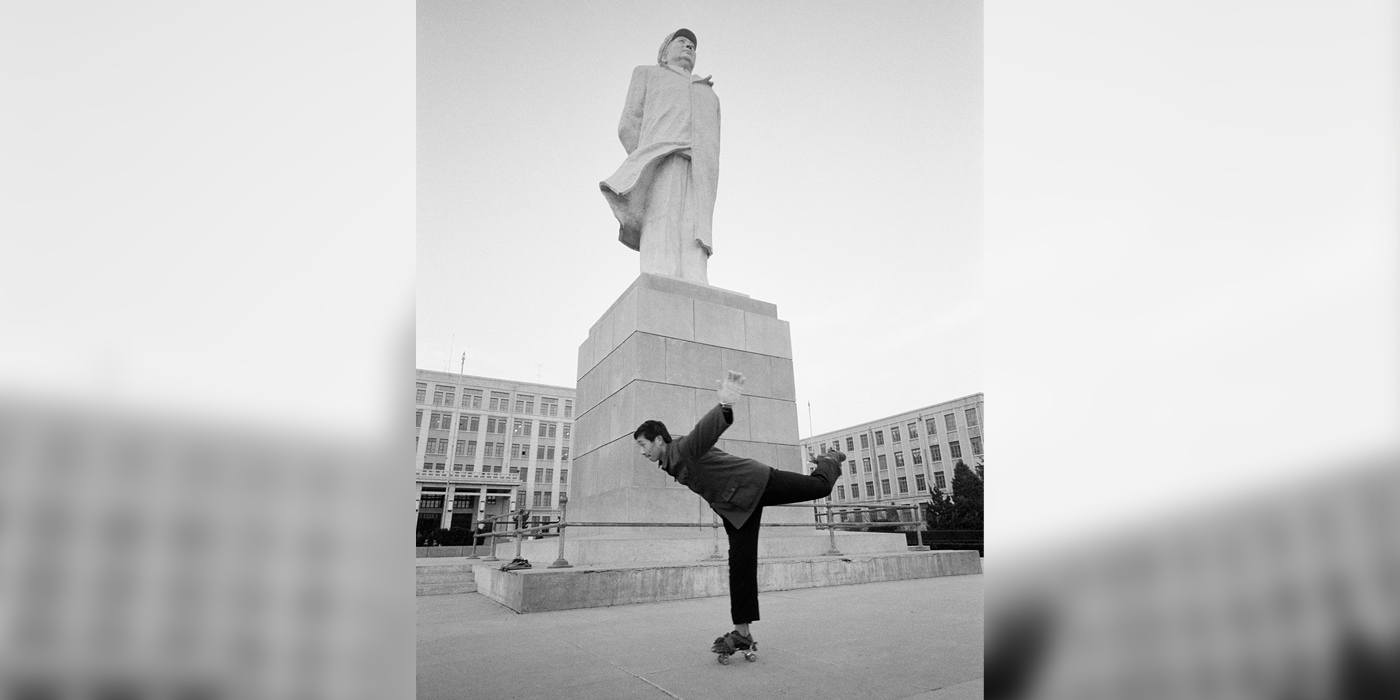
Liu’s dogged documentation of everyday life has created a visual chronicle of the nation’s transformation from the days of collectivist culture — under which appearances, hairstyles and clothing were strikingly uniform — to the rise of individualism.
Drawing on a profound understanding of Chinese culture and its people, he sees subtle yet significant changes in the mundane. In 1976, for example, he returned to China from Paris after Mao’s death –– and noticed differences in body language, facial expressions and walking pace among the people of Guangzhou compared with the solemnity of the 1960s.
“The Chinese people were beginning to relax. At that moment, I asked myself whether this was a sign of the country’s changes. If a country with such a vast population underwent transformation, it would undoubtedly affect the rest of the world.” This insightful observation later evolved into the photographic series, China After Mao.

An anecdotal observation from a Chinese official captured the essence of Liu’s body of work with shutter-speed precision.
“About two in three photographs published in Western media about China from the late 1970s to early 1980s were taken by Liu”, the senior official with the Ministry of Foreign Affairs once told him.
Liu added that many Western and Chinese journalists have had that, to understand China’s reform and opening up over the past four decades through images, one could not overlook his works, because these images represented the collective memories of 1.4 billion people.
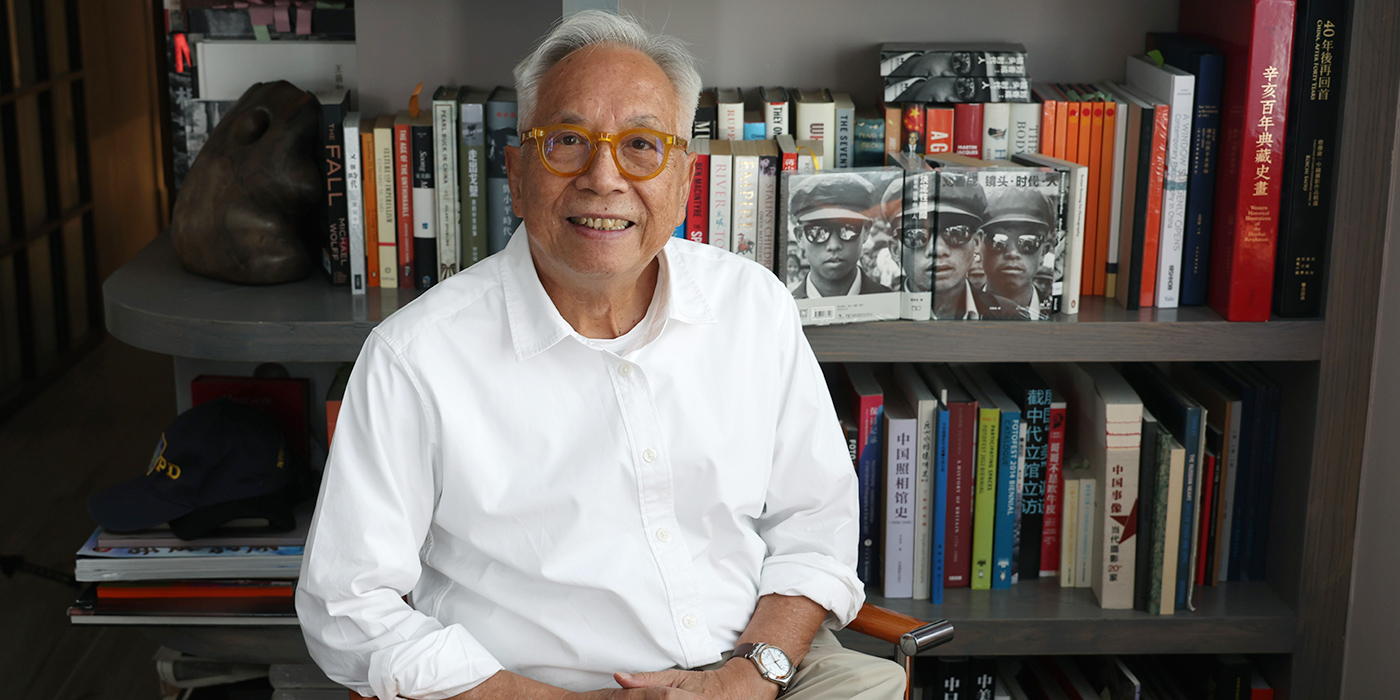
Belt and Road: Liu’s China chronicles 2.0
Now 72, Liu has spotted a fresh opportunity to continue his lifelong career as a photographic watcher telling the China story.
Earlier this year, he started a three-year project to narrate the experiences of Chinese living in varied cultural settings across 40 regions along the Belt and Road route. Having documented the conditions of common folk in more than four decades of reform and opening up, Liu views Belt and Road as a natural extension of this journey, labelling the project as “2.0” of his earlier work. Plans are for the latest works to go into a new photo book by 2026.
The ambition has taken him to 11 regions so far in the first half of 2024, including Dunhuang and Xinjiang in China, and overseas, to Indonesia, Cambodia, Kazakhstan, Singapore, Thailand and Uzbekistan.
Yet again, Liu is allowing the many infrastructural developments and modest lives along the route to speak to his sensibility. The big picture, as he realises, is that China is one of the few countries capable of overcoming the difficulties and challenges associated with such engineering endeavours. On the ground, the stories of local Chinese communities captivate him as he immerses himself in their midst. All these details, big and small, are going into what Liu hopes to be a comprehensive photographic coverage of the countries taking part in the initiative.
Through this project, Liu is pursuing long-form photojournalism on the relation between mainland China and its Chinese diaspora. “It encompasses how Chinese businesspeople, artists and students live and explore possibilities in diverse cultural environments,” he says. “This initiative will likely be one of the most significant events for China and the world in the 21st century, yet very few have documented it through photography.”
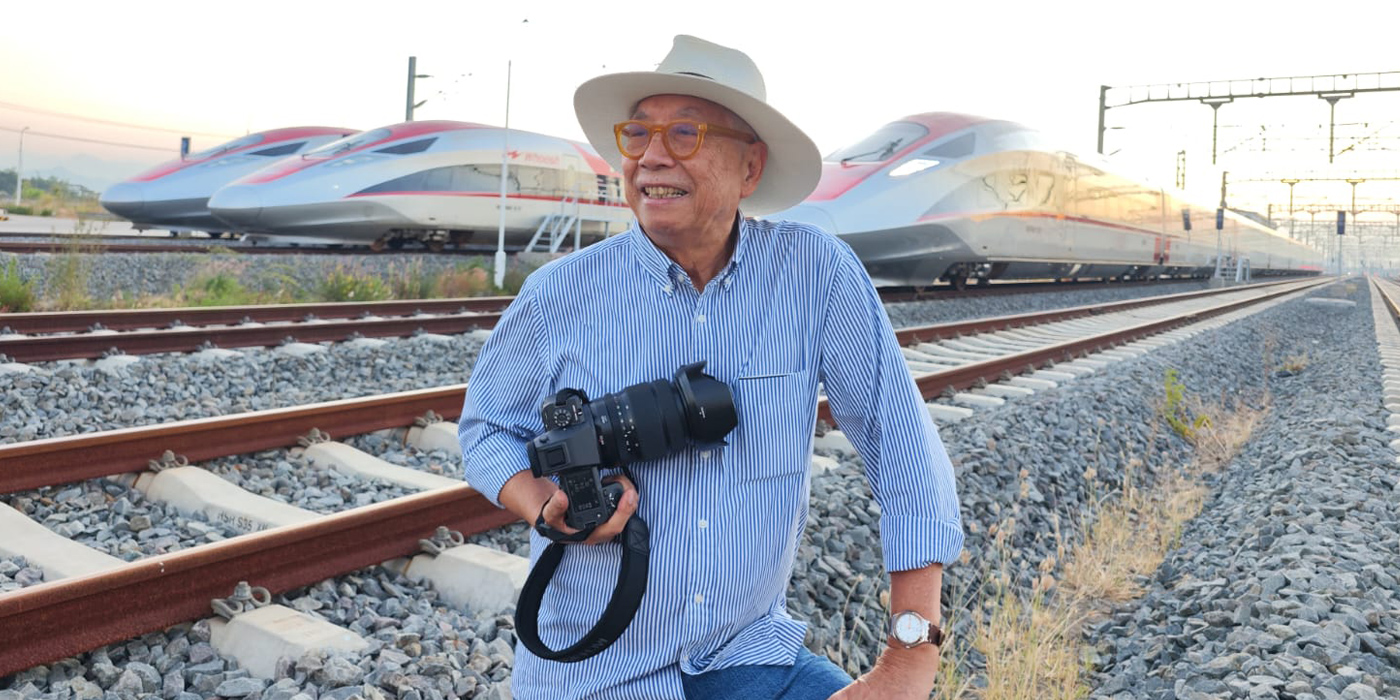
‘Be like a sponge’
Liu attributes his accomplishments to one key trait: curiosity. He encourages young people who aspire to document history to approach the world like a sponge — open to its fluidity and ever-changing nature, and eager to absorb diverse cultures and knowledge.
He also emphasises fidelity to the truth, saying: “You must go to the field to see, listen and verify. You cannot merely repeat what others say… Reporting must be truthful and objective; this has been the guiding principle of my life.”
The goal that Liu has set for himself, dedicating three years to visiting dozens of regions in person, is testament to his commitment to persevere through difficult environments. How else could a man in his 70s race after camels in the desert in temperatures of nearly 50 degrees Celsius?
That was exactly what Liu did on a recent trip to Uzbekistan. “I ran after camels with my camera and tripod, with the red light on my camera flashing.”
Liu remains resolute in his mission to tell stories about people through his art. “Documentary photography will never go out of fashion. Humanity needs stories, and the art of storytelling is timeless,” he says.
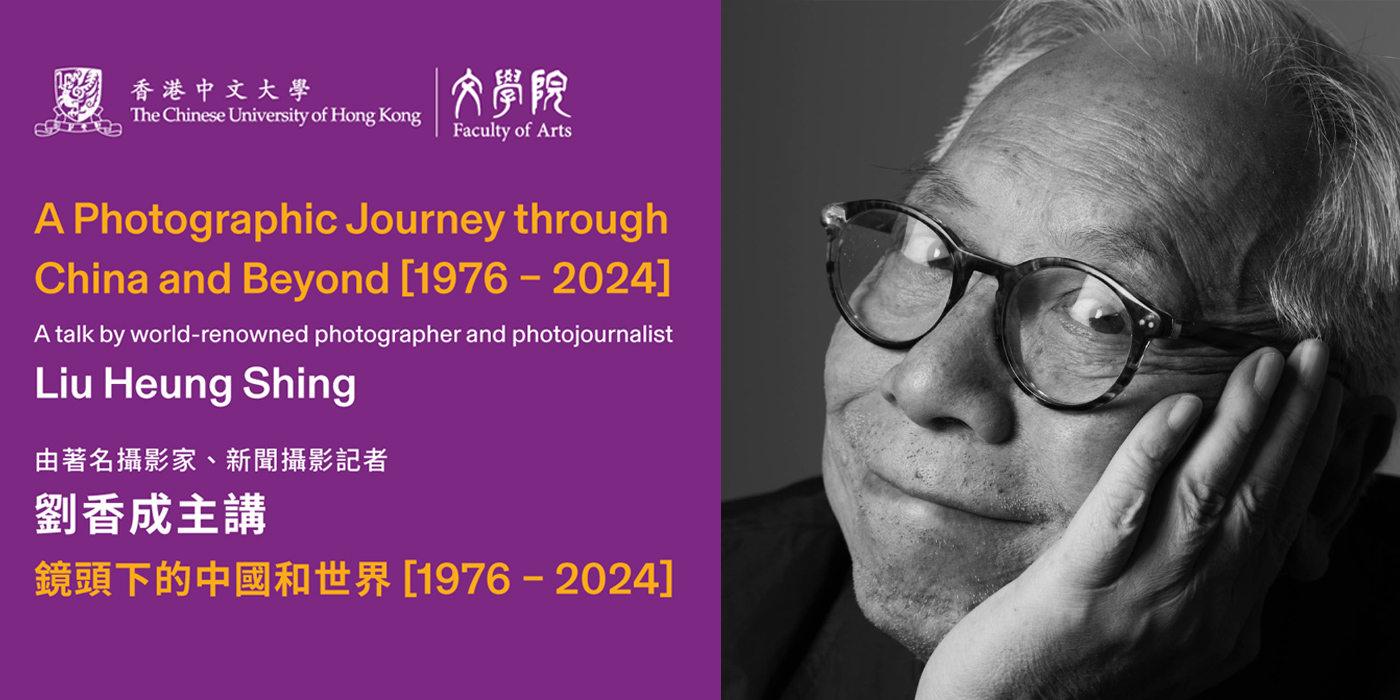
A Photographic Journey through China and Beyond [1976-2024]
A talk by world-renowned photographer and photojournalist Liu Heung Shing
Date: Wednesday, 9 October 2024
Time: 4:30-6:00pm
Venue: Lau Chor Tak Lecture Theatre (LT1), G/F, Yasumoto International Academic Park, CUHK
Register now
By Jessica Chu
Photos by D. Lee



